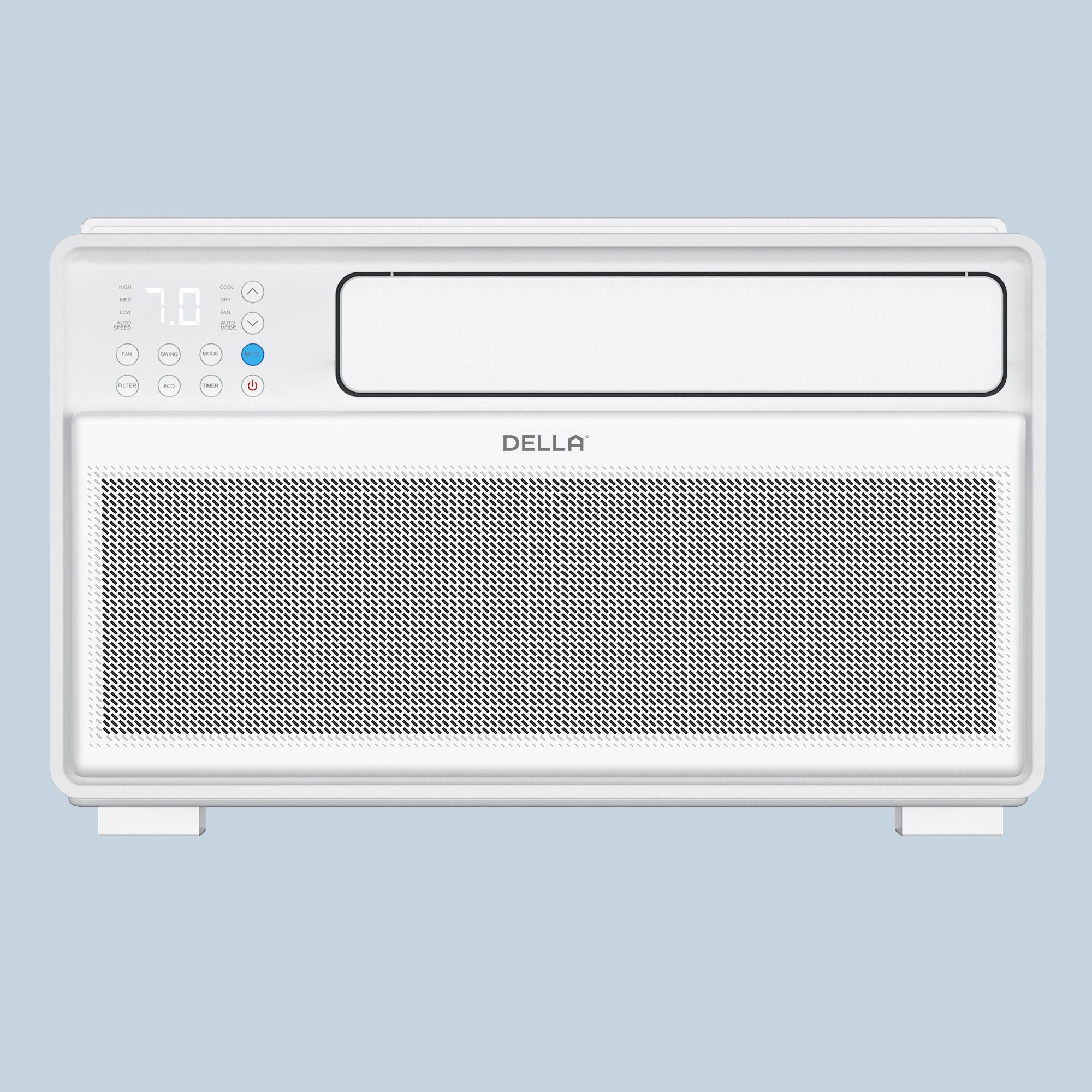Brief Heater History
Heaters and heating systems have a long ancient history. The history of heating spans millions of years, starting with early humans using fire for warmth around 1.9 million BC. By 42,000 BC, Neanderthals built hearths using mammoth bones, and by 2500 BC, Greeks in Rome utilized radiant central heating. Heating's religious significance emerged around 1000 BC with the discovery of natural gas by lightning on Mount Parnassus, leading to the construction of the Oracle at Delphi's temple. Post-Roman Empire, heating technology reverted to basic fireplaces but advanced again with central heating by AD 1200.The Franklin stove in 1741, steam heating in the late 1700s, and the radiator in the 19th century marked notable innovations. The 20th century ushered in modern heating systems, including ground-source heat pumps and solar air heating. By the 21st century, smart technology made heating an easily controllable luxury.
The Different Types of Heaters
Central Heating Systems
FurnacesThe most common type of heating in many homes, furnaces can be powered by natural gas, propane, oil, or electricity. They work by blowing heated air out through ducts that deliver this transformed air throughout the house.
BoilersInstead of heating air, boilers heat water which then circulates through radiators or under-floor heating systems. They can also provide hot water for the house.
Electric Heaters
Baseboard HeatersThese are long, slim heaters placed at the base of walls. They’re quiet and effective for heating individual rooms, relying on electricity to heat up metal fins inside the units.
Radiant HeatersEmitting infrared radiation, these heaters warm up objects and people directly in their path. They provide quick, focused warmth, making them great for spot heating.
Convection HeatersThese are designed to heat the air in a room. They work by drawing cool air from the room and passing it over a heating element. The warm air then rises, creating a circulation of heat.
Ceramic HeatersThese utilize a ceramic element to heat the air. When electricity passes through this element, it heats up and warms the surrounding air. They're compact and are often found in portable space heaters.
Portable Heaters
Oil-filled RadiatorsThese heaters use electricity to heat oil contained inside the radiator, and the warm oil then circulates through the unit’s fins, warming the surrounding air. They maintain heat for longer periods, making them energy efficient.
Fan HeatersThese use a fan to push out the warm air. They heat up spaces quickly but can be a bit noisy compared to other types.
Natural Gas & Propane Heaters
Wall-mounted Gas HeatersThese are directly mounted to walls and use natural gas or propane. They're useful for areas where electricity might be expensive or unavailable.
Patio HeatersOften used outdoors, these heaters are tall, free-standing units perfect for keeping guests warm during a chilly evening on the patio.
Heat Pumps
Heat pumps use electricity to move heat from a cool space to a warm space. During the winter, they can extract heat from the cold air outside and release it inside the house. They are energy-efficient and can both heat and cool a space.
Fireplaces & Wood-Burning Stoves
Not just for aesthetics, traditional wood-burning fireplaces and stoves are still a popular choice in many homes. Modern iterations, like pellet stoves, burn compressed wood or biomass pellets, offering both warmth and a cozy ambiance.
Hybrid Heaters
These combine features of one or more heating systems. For instance, some heaters might use a combination of infrared and convection heating. They aim to maximize efficiency and provide even heating.
Choosing the Right Heater for Your Needs
When deciding on a heater, consider the following:
Size of the space
Larger spaces might require a central heating system or larger units like oil-filled radiators. For smaller rooms or spot heating, portable electric heaters might suffice.Energy Efficiency
Look for heaters with energy-saving features. While some might have a higher upfront cost, they can save money in the long run.Safety
Ensure the heater has safety features like a tip-over switch, overheating protection, and a cool-touch exterior, especially if you have kids or pets.Noise levels
If you’re sensitive to noise, avoid fan heaters and consider options like oil-filled radiators or baseboard heaters.The Future of Heaters & Heating Technology
In the future, heaters are expected to undergo significant transformations, and “starting in 2025, low-carbon heating systems will be installed in all new build homes as alternatives to gas boilers. It’s anticipated that the systems in these new developments will include heat pumps, heat networks, hydrogen and direct electric heating.”
These advancements in technology will be primarily driven by the pressing need to address environmental concerns. Traditional heating systems that rely on fossil fuels will continue to be phased out in favor of more sustainable, energy-efficient alternatives. We will likely see the proliferation of smart heaters, integrated with the Internet of Things (IoT), which will allow users to control and optimize their heating needs remotely and in real-time. Furthermore, as the push towards green energy solutions intensifies, heaters will increasingly be powered by renewable energy sources, such as solar and geothermal energy.
There is also the potential for the development of heating solutions that capitalize on advanced materials and designs, like those harnessing the power of nanotechnology, to ensure optimal heat retention and distribution. As society becomes more eco-conscious, the next generation of heaters will not only aim to keep our spaces warm but do so in a way that aligns with a sustainable and connected world.











LEAVE A COMMENT
All comments are moderated before being published.
This site is protected by hCaptcha and the hCaptcha Privacy Policy and Terms of Service apply.